+8801715532130
Gulshan-2, Notun, Bazar, Dhaka 1212
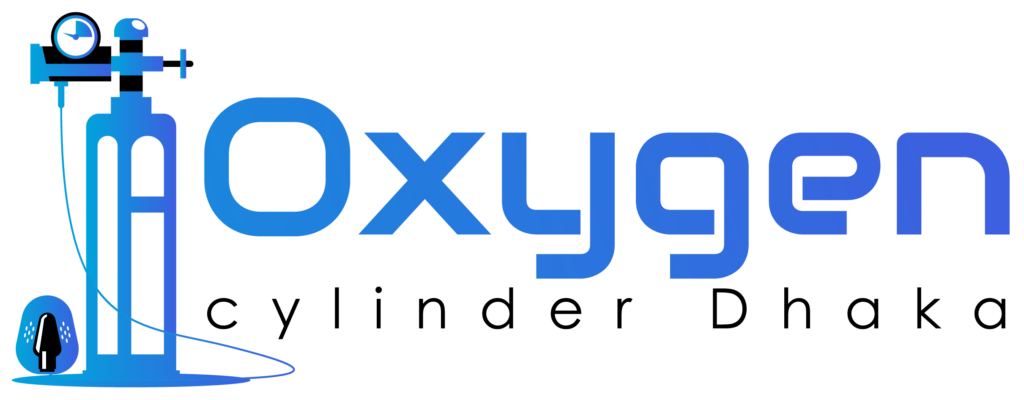
Showing all 15 results
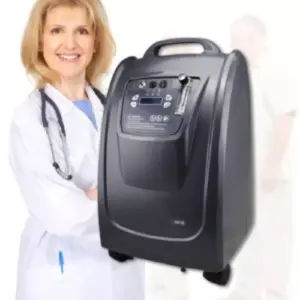
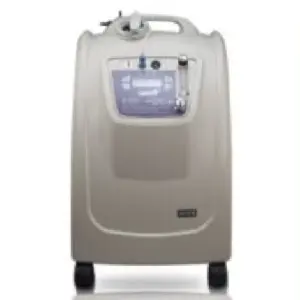
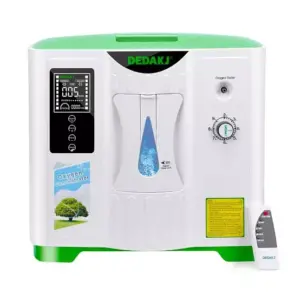
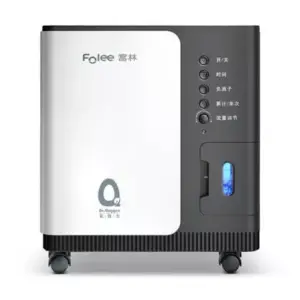
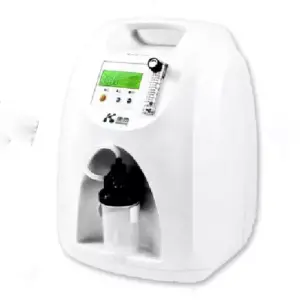
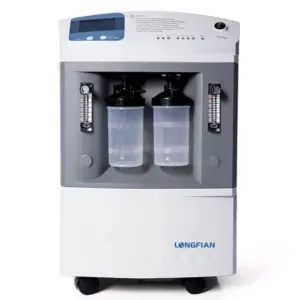
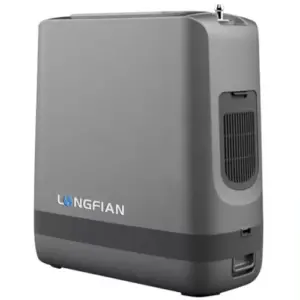
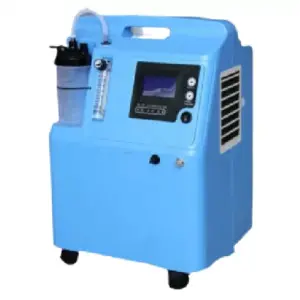
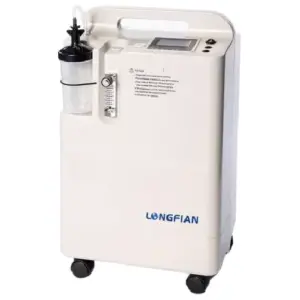
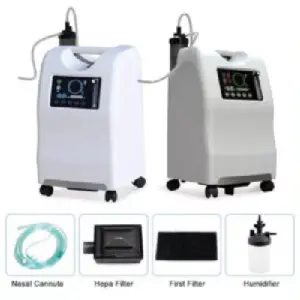
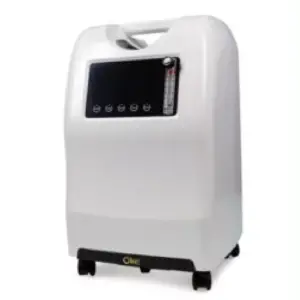
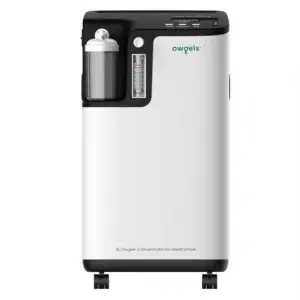
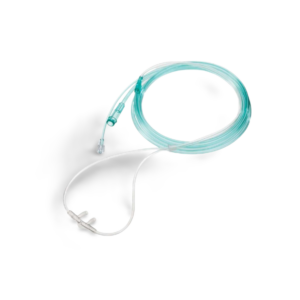
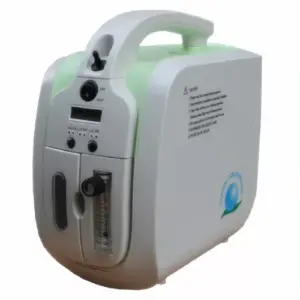
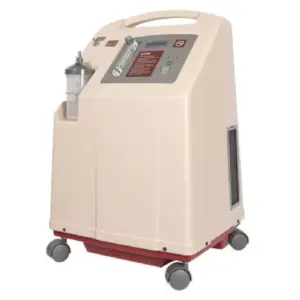
The price of medical oxygen concentrator in Bangladesh starts from 45,000/- taka, but the price of the concentrator varies depending on the specification, features, quality. In 2023, a 5 liter oxygen concentrator will cost a minimum of Tk 45,000. On the other hand, the price of a 10 liter oxygen concentrator is 130,000/- taka in Bangladesh in 2023.
The following table listed 14 oxygen concentrators with prices. Oxygen concentrator of which brand, how many litres, at what price? You can buy the oxygen concentrator of your choice by looking at the list.
A medical oxygen concentrator is a device that extracts oxygen from the ambient air and concentrates it to provide a high-purity oxygen stream for medical use. It is commonly used to treat patients with respiratory diseases, such as chronic obstructive pulmonary disease (COPD), asthma, and cystic fibrosis, who require supplemental oxygen therapy to maintain adequate oxygen levels in their bloodstream.
The device works by drawing in air from the surrounding environment, compressing it, and passing it through a series of filters and molecular sieve beds to remove nitrogen and other gases. The purified oxygen is then delivered to the patient through a nasal cannula, mask, or other delivery system.
Medical oxygen concentrators are typically powered by electricity and are available in various sizes, ranging from small portable units that can be carried around by the patient to larger stationary units that are used in hospitals and other medical facilities. They are generally considered safer and more cost-effective than traditional oxygen cylinders or tanks, as they eliminate the need for frequent refills and are less prone to leaks and other safety hazards.
A medical oxygen concentrator is a device that extracts oxygen from the air and delivers it to patients who require supplemental oxygen therapy. Here’s how it works:
Air is drawn into the concentrator through a filter to remove dust and other contaminants.
The air is then compressed using a motor and compressor.
The compressed air is passed through a sieve bed made up of a material called zeolite, which is a type of mineral with a honeycomb-like structure.
The zeolite bed removes the nitrogen and other gases from the air, leaving behind a concentrated stream of oxygen.
The concentrated oxygen is then delivered to the patient through a nasal cannula or mask.
The remaining nitrogen and other gases are released back into the air.
The process of extracting oxygen from the air using a concentrator is highly efficient, and can produce oxygen with a purity of up to 95%. Medical oxygen concentrators are commonly used to treat patients with conditions such as chronic obstructive pulmonary disease (COPD), emphysema, and pneumonia, as well as for those who require oxygen therapy for sleep apnea or during recovery from surgery.
Medical oxygen concentrators are typically used by individuals who have a medical condition that requires supplemental oxygen therapy. This includes people with chronic obstructive pulmonary disease (COPD), cystic fibrosis, pneumonia, asthma, and other respiratory illnesses.
Medical oxygen concentrators are also used in hospitals and other healthcare facilities to provide oxygen therapy to patients who need it. They can be used for both short-term and long-term oxygen therapy, and they are often prescribed by doctors or respiratory therapists.
In general, anyone who requires supplemental oxygen therapy to manage their medical condition may benefit from using a medical oxygen concentrator. However, it is important to consult with a healthcare professional to determine if this is the right treatment option for your specific needs.
Yes, you can use a medical oxygen concentrator at home, but it is important to first consult with a doctor to determine if it is necessary for your medical condition and what settings are appropriate for you.
Medical oxygen concentrators are designed to extract oxygen from the air and deliver it to a patient through a mask or nasal cannula. They are often used to treat conditions such as chronic obstructive pulmonary disease (COPD), emphysema, and other respiratory illnesses.
If you have been prescribed oxygen therapy by a doctor, they can recommend a suitable oxygen concentrator and provide guidance on how to use it properly. It is important to follow the manufacturer’s instructions for operation and maintenance, and to keep the concentrator in a well-ventilated area to prevent the buildup of oxygen and other gases.
It is also important to regularly check the oxygen levels in your blood using a pulse oximeter and report any changes or symptoms to your doctor. They can adjust the oxygen flow rate and other settings as needed to ensure that you are receiving the appropriate amount of oxygen therapy.
A medical oxygen concentrator is a medical device that concentrates oxygen from the air and provides it to patients who require supplemental oxygen therapy due to various medical conditions, such as chronic obstructive pulmonary disease (COPD), pneumonia, or respiratory distress.
The benefits of using a medical oxygen concentrator include:
Improved oxygenation: Oxygen therapy provided by an oxygen concentrator can help improve oxygenation in patients with low blood oxygen levels, leading to improved breathing, reduced shortness of breath, and increased energy levels.
Convenience: Oxygen concentrators are portable and can be used at home, in the hospital, or while traveling. They are easy to use and do not require frequent refills or replacements like oxygen tanks.
Cost-effective: Oxygen concentrators are cost-effective compared to traditional oxygen delivery methods, such as oxygen tanks or liquid oxygen systems. They also require less maintenance and do not have the risk of running out of oxygen.
Better quality of life: Oxygen therapy provided by an oxygen concentrator can help patients with respiratory conditions to lead a better quality of life by improving their ability to perform daily activities and reducing the risk of hospitalization.
Reduced infection risk: Oxygen concentrators do not require the handling and storage of compressed oxygen tanks, which can reduce the risk of infection and contamination.
Overall, a medical oxygen concentrator can provide a reliable, cost-effective, and convenient solution for patients who require supplemental oxygen therapy. However, it is important to consult with a healthcare provider before starting oxygen therapy to determine the appropriate oxygen flow rate and treatment plan.
Choosing the right medical oxygen concentrator requires careful consideration of several factors. Here are some things to keep in mind when making your decision:
Oxygen flow rate: Determine how much oxygen you need per minute. Most concentrators can deliver up to 5 liters per minute (LPM), but some models can go up to 10 LPM. If you require a higher flow rate, you may need a more advanced model or a stationary oxygen concentrator.
Portability: If you need to use your concentrator on the go, consider a portable model. Portable concentrators are smaller and lighter than stationary ones and often come with batteries that allow for several hours of use without being plugged in.
Noise level: Some oxygen concentrators can be quite noisy, which can be problematic if you need to use them in a quiet environment. Look for models that operate quietly, especially if you plan to use your concentrator while sleeping.
Power source: Consider the power source of your oxygen concentrator. Some models require an electrical outlet, while others can be powered by batteries or a car adapter. Choose a model that suits your needs.
Maintenance: Check the maintenance requirements of the concentrator you’re considering. Some models require more maintenance than others, and you’ll want to choose one that is easy to clean and maintain.
Price: Finally, consider the price of the concentrator. Oxygen concentrators can be expensive, and prices vary depending on the features and capabilities of the model. Look for a model that fits your budget without sacrificing the features you need.
Overall, choosing the right medical oxygen concentrator requires careful consideration of your specific needs and circumstances. Consult with your doctor or a medical professional for guidance on which model will work best for you.
There are generally two types of medical oxygen concentrators:
Portable Oxygen Concentrators (POCs) – These are lightweight and small in size, designed to be easily carried around. They usually operate on batteries and are suitable for people who need oxygen therapy while on the move or outside their homes.
Stationary Oxygen Concentrators – These are larger units that are designed to be used at home. They usually have more advanced features and higher flow rates than POCs, making them suitable for people who require higher doses of oxygen or for longer periods.
Within these two broad categories, there are also different types of oxygen concentrators available based on the technology they use:
Pressure Swing Adsorption (PSA) Oxygen Concentrators – These work by separating oxygen from other gases in the air using a molecular sieve. The air is compressed and passed through a filter, where nitrogen and other gases are separated from oxygen. The oxygen is then delivered to the patient through a nasal cannula or mask.
Membrane Oxygen Concentrators – These use a semipermeable membrane to separate oxygen from other gases. Air is passed through a series of hollow fibers, and the oxygen molecules pass through the membrane while other gases are trapped and vented out. These concentrators are typically used for low flow rates.
Combination Oxygen Concentrators – These use a combination of PSA and membrane technology to deliver higher flow rates of oxygen. They are typically used in hospital settings or for patients with more severe respiratory conditions.
It’s important to consult with a healthcare professional to determine which type of oxygen concentrator is best suited for an individual’s specific needs.
The duration for which a medical oxygen concentrator can run depends on various factors such as the oxygen flow rate, the capacity of the concentrator, and the power source used. Typically, medical oxygen concentrators can run continuously for several hours or even days, as long as they are properly maintained and serviced.
Most oxygen concentrators have a flow rate range of 0.5 to 10 liters per minute (LPM). At higher flow rates, the oxygen supply may be depleted more quickly. The capacity of the concentrator is also a crucial factor. A concentrator with a larger capacity can provide oxygen for a longer duration before it needs to be refilled.
Furthermore, the power source used can also affect the duration of operation. Most medical oxygen concentrators require an electrical outlet to function. Some models have a built-in battery that can provide several hours of operation in case of a power outage or when the user needs to use the device away from a power source.
In general, the duration for which a medical oxygen concentrator can run for is determined by the specific model, settings used, and the maintenance routine. It’s important to consult the user manual or contact the manufacturer for more specific information on the expected run time for a particular model.
Regular maintenance is essential to ensure the safe and efficient operation of a medical oxygen concentrator. Here are some of the maintenance tasks that are typically required:
Regular cleaning: The oxygen concentrator should be cleaned regularly to prevent the buildup of dust, dirt, or other contaminants. The filter and intake vents should be cleaned as per the manufacturer’s instructions.
Replace the filters: The oxygen concentrator has several filters that need to be replaced periodically to ensure that the device is functioning correctly. The frequency of filter replacement depends on the specific model, and the manufacturer’s recommendations should be followed.
Check the tubing and connections: The tubing and connections between the concentrator and the oxygen delivery device should be checked regularly for any signs of damage, wear, or leaks.
Inspect the power cord: The power cord should be checked regularly for any signs of damage, and it should be replaced immediately if there are any signs of fraying or cracking.
Check the oxygen purity: The oxygen purity should be checked regularly using an oxygen analyzer. The purity should be maintained within the recommended range, typically 90-95%.
Service and repair: If the oxygen concentrator is not functioning correctly or if there are any signs of wear or damage, it should be serviced or repaired by a qualified technician.
It’s important to follow the manufacturer’s recommendations for maintenance and to keep a record of all maintenance tasks performed. Regular maintenance can help to prolong the life of the oxygen concentrator and ensure that it provides a safe and reliable source of oxygen for the user.
Gulshan -2,, Notun Bazar, Madani Avenue, Near Famally Bazar, Dhaka-1212
We are selling oxygen cylinder, oxygen concentrator & all kinds of medical equipment’s. We provide best service to our client; you can refill your oxygen cylinder easily from us.